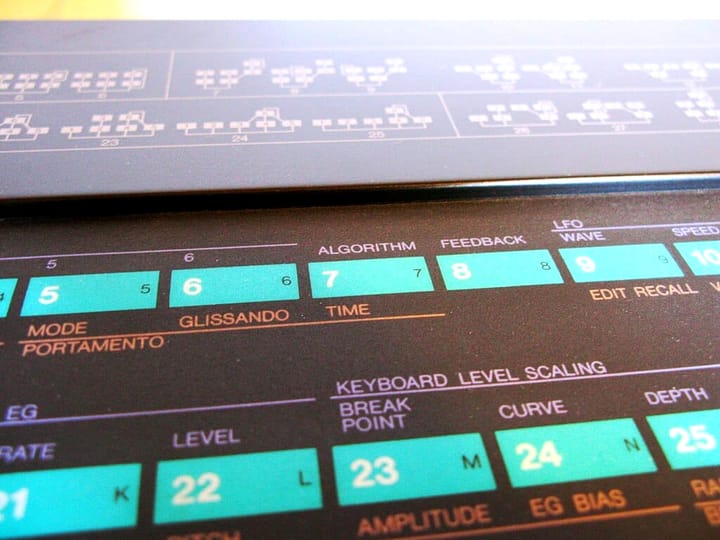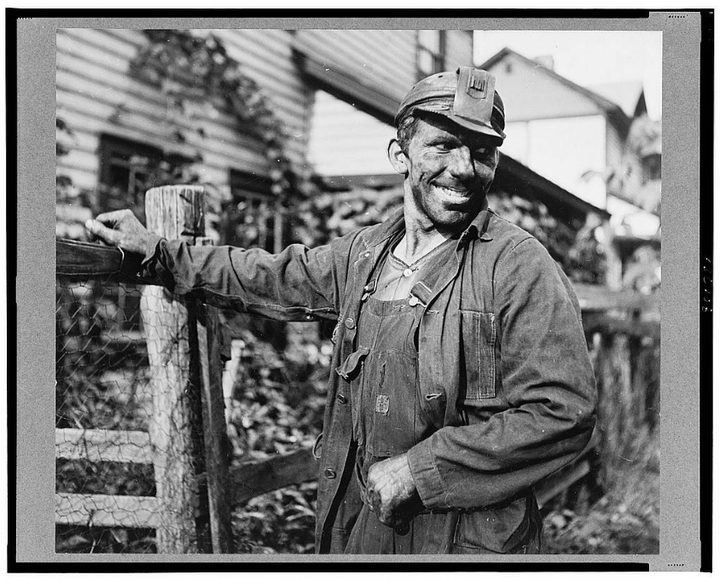week 16 / 2025
Hunching over the desk, hanging out with the wise animals—WEEKNOTES rocks out with the cherubs for a change. This week, the social and the technical are inseparable, and ol' man Burroughs plays with scissors and celluloid.

“Beware / all those WEEKNOTES with their wings glued on...”
After last week’s reflections, I decided to take a swing at refactoring my morning routines by moving the regulation reading hour to the end of the day.
Gotta say, the results are quite encouraging! By reserving that hour instead for directed and purposeful writing, I’ve managed to put a bit of steady heat under PROJECT PONTIF, as noted below. More broadly, meanwhile, I feel like my mind is less cluttered. This could be mere coincidence, of course, as any given week in the dusty attic can feel very different to any other, for reasons difficult to discern even in hindsight. But while correlation should never be mistaken for causation, it may yet serve as causation’s spoor.
Which is to say: if something seems to be working, you might as well keep at it, eh? And if we take hours of work clocked as a metric of success, well, something seems very much to be working...
ticked off
- Eighteen hours on PROJECT LOFTY. (This particular tin can has been, by necessity, kicked further down the road for quite a while, but I’m now going at it full-bore. The long Easter weekend, and a coincident lull in other long-running projects, has been perfectly timed in that regard; I'll be working on LOFTY some more after these weeknotes go out.)
- Seven hours on PROJECT PONTIF. (Still kinda feeling my way into this one, but that’s fine—it’s gonna be a long haul, so a steady and sustainable pace is what we want.)
- Five hours on PROJECT VIENNETTA, which is my codename for the latest of Media Evolution’s collaborative foresight cycles. (It doesn’t really need a codename, as my involvement is no secret—but given the topic is “digital urban layers”, the part of me that grew up in the UK in the Eighties just couldn’t resist the obvious reference. Anyway: this was the initial signal-scanning workshop, where I was soaking up the ideas and vibes I’ll need to make stories later on.)
- Three hours on PROJECT PORTON. (A quiet week on this front, but there’s more workshops coming down the pipe.)
- Four hours of admyn, including a final proofread for PROJECT TEMPORAL.
- Ten hours of undirected writing and reading, plus three hours of quasi-directed writing and reading. (Re: the latter, sometimes you just know that something you’re reading is going to be important later on, so you have to do some proper note-taking and reflective stuff.)
Another busy week… and working the weekend again, in defiance of my own warnings against such. Well, sometimes that’s just the way the cards fall, isn’t it?
kinmaking
I met some interesting people at the VIENNETTA workshop, with whom I hope to spend more time throughout the project. In terms of more deliberate (though very free-ranging) chat, however, this week’s main feature was a couple of hours with Carl-Erik Engkvist: artistic director at Umeå University’s HUMLAB, maker of games, postmodern arcanist, and generally delightful chap.
reading
I’m still hacking away at Emily Wilson’s Odyssey, which is moving a little faster now that the rhythm is established in my head—so if there’s more iambic bounce than usual in my writing, I can only apologise!
I’m also halfway through Tom Chatfield’s Wise Animals, which is the book I found I had to slow down and respond to (as mentioned above).
I read a lot of these “humans and our technologies!” sort of books (for reasons which I presume to be obvious) and as such am pretty jaded to the category; increasingly, I get no further than the introductions, which are enough to tell me that the book is just going to make the same old exponential-ecstatic argument all over again. Wise Animals, however, is doing something rather unusual. One way to describe that would be to say that it’s making the argument for sociotechnicality—i.e. a refusal to draw a philosophical distinction that separates human beings from their technologies—but from a more science-and-analytical-philosophy perspective than the humanities-and-continental one that is my own terrain. This is not at all the usual fare, and as such I take it to be indicative of an ongoing shift: when two long-opposed worldviews start agreeing on stuff, then something interesting is afoot.
It also helps that the book is impeccably written and thoughtfully structured; Chatfield really knows what he wants to say and how best to say it, and successfully walks the line between making a clear argument and making you work for it a little bit. I’m going to hold off exploring his argument in more detail, because I think this is a book worth writing about at greater length, and one that the readership of This Very Website would appreciate.
(Don’t let that put you off getting your own copy, though! Seriously, it’s very good.)
a clipping
As discussed above, I’m suddenly reading a lot less internet stuff, and that means I’m drawing from a smaller pile of potential clippings to share… looking at my records, it seems I only sent two things to my Obsidian vault this week!
One of those two things was this in-depth look at William Burroughs’s experiments in the medium of film:
With [Brion] Gysin’s inspiration and collaboration Burroughs would develop variations on cut-ups across the 1960s, particularly in the novels The Soft Machine, The Ticket That Exploded, and Nova Express, using techniques such as slicing pages into quadrants and rearranging them like tangrams, or folding a page lengthwise and placing it atop another with the lines of text aligned. The composite page, featuring prose from earlier or later in the book, could then be inserted anywhere in the manuscript, simultaneously flashback and flash-forward. “Any narrative passage or any passage of poetic images is subject to any number of variations, all of which may be interesting and valid in their own right,” according to Burroughs, whose approach to prose in this period bears some resemblance to Soviet theories of montage, in which modular units of meaning are arranged and rearranged. “Cut-ups establish new connections between images.”2 The physical labor of the cut-ups, often involving cutting with a blade and resplicing with tape, is also analogous to analog film editing.
The connection of Burroughs to (and his popularisation of) Gysin’s cut-up method is widely known, of course. But this piece argues that said method might best be thought of as more “native” to celluloid than to text on paper, while exploring the experiments by Burroughs and various collaborators therein.
OK, that’s all for this week. I hope all’s well with y’all!
This has been the Worldbuilding Agency weeknotes for Week 16 of 2025. Thanks for reading! If you've enjoyed them, it's free to subscribe. If you are already subscribed, please send to a friend who you think might also like it!





Comments ()